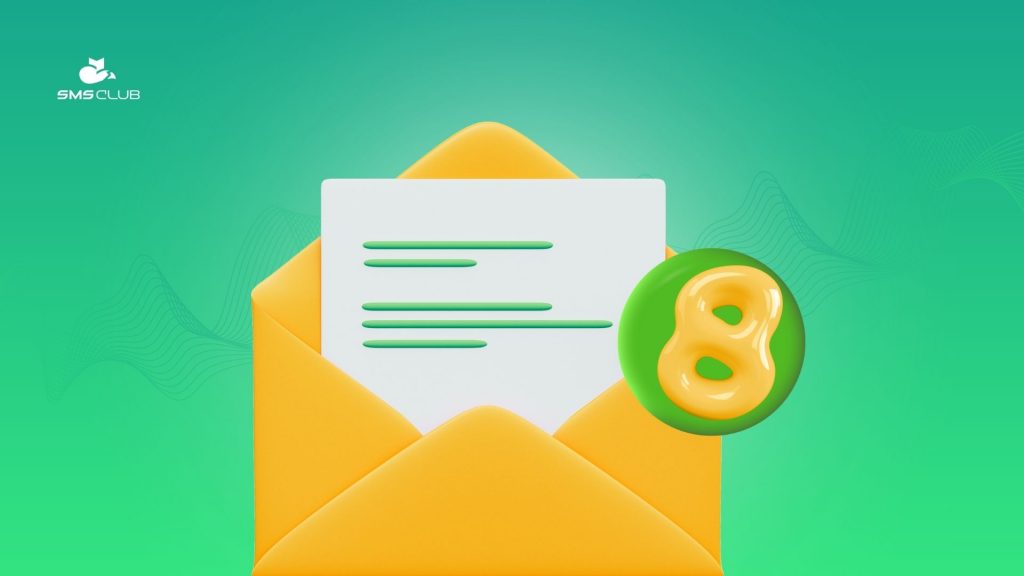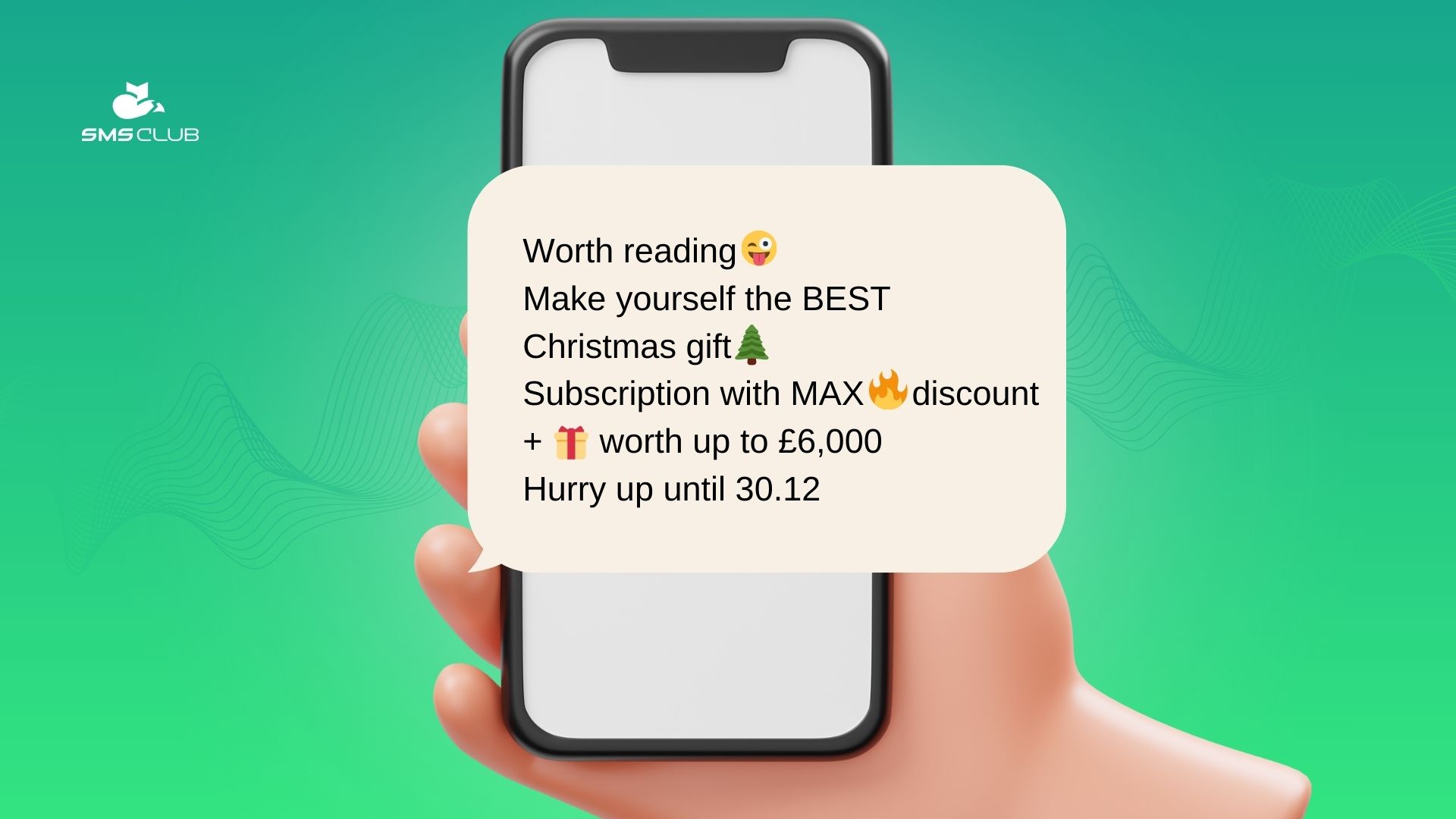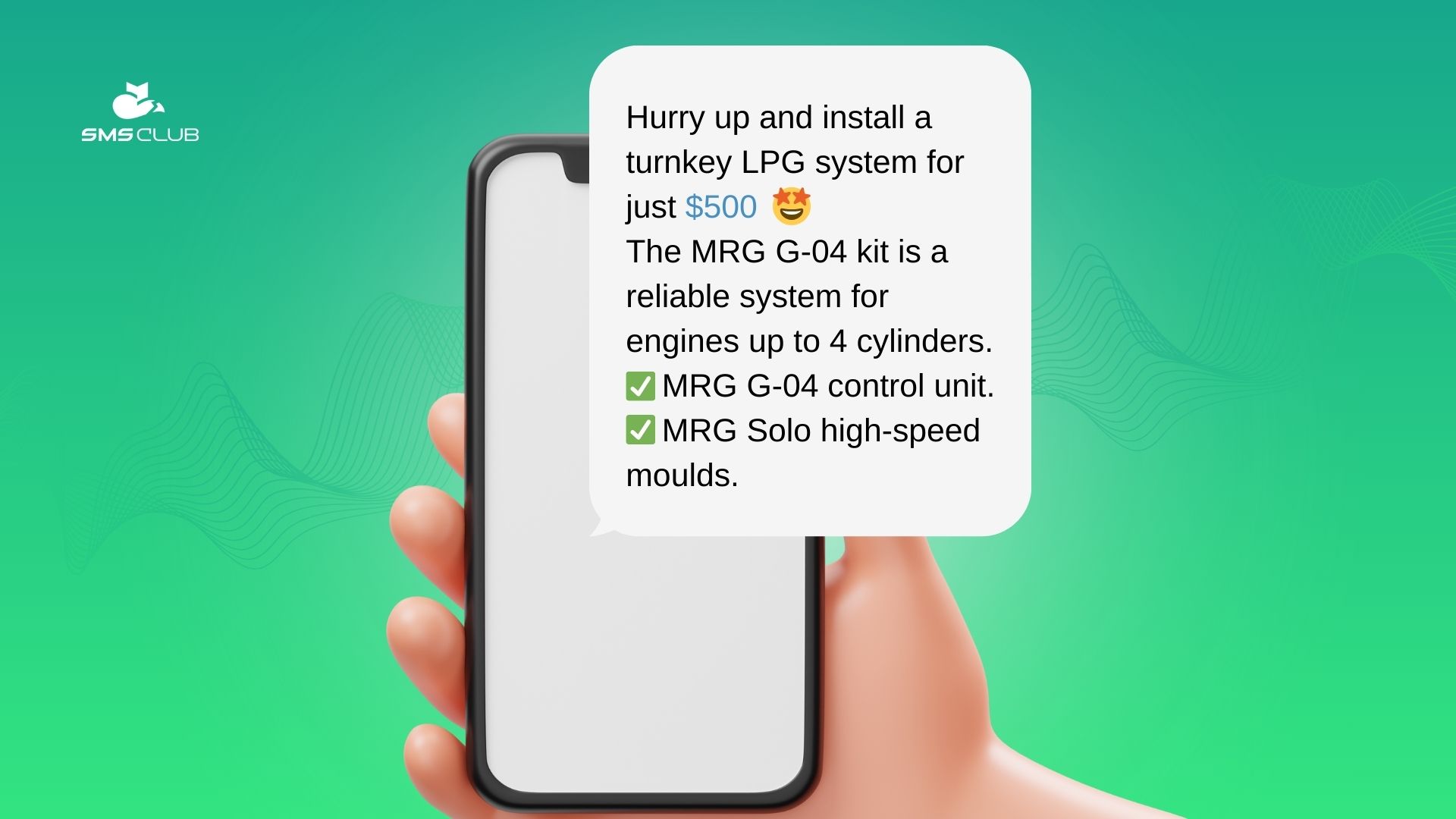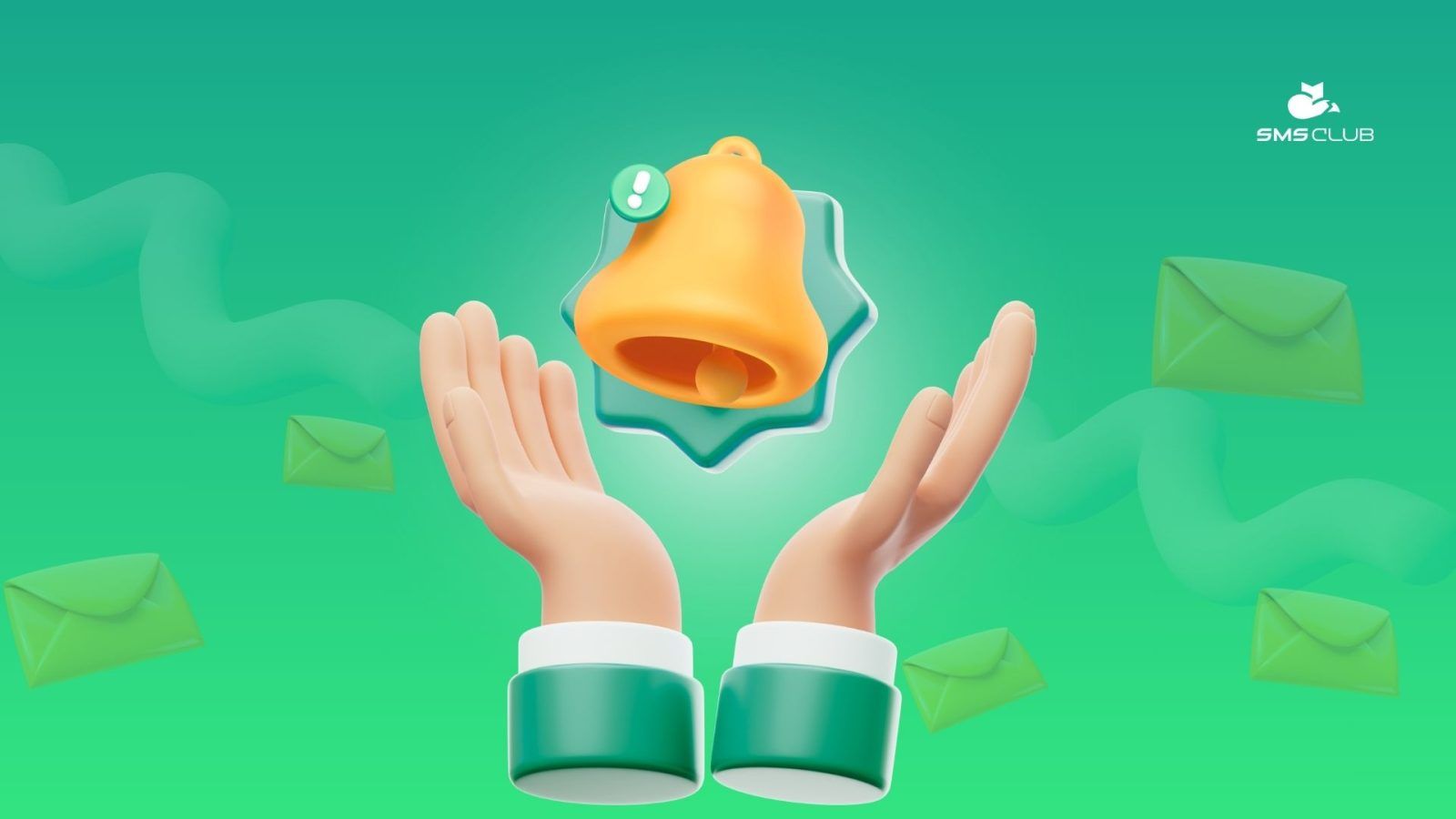How to Write Selling SMS: 8 Rules and 8 Templates

Contents:
Contents:
SMS — text messages sent to a phone — are a convenient and affordable way to communicate with customers.
Their advantages include quick creation, as writing 2-3 sentences can be done in minutes, though refining them might take a few hours. SMS messages reach users instantly — no need for mobile internet, specific apps, or messengers.
However, there are drawbacks: messages can easily end up in spam, or worse, they might reduce brand loyalty.
To avoid this, follow general standards for creating SMS messages. We’ve also prepared ready-made sales texts for the most common advertising needs.
Rule 1. Simplicity
SMS messages are always short, simple, and accessible. Therefore, it’s better to avoid specialized terms or abbreviations as they complicate comprehension.
For example, the message “Thanks to the new CPP, your materials will be safe” may be unclear to the general public. This abbreviation could mean a military or border “Checkpoint”, “Gearbox”, or even “Calendar Planting Plan”. What materials are being referred to, and how does safety relate to them — this remains a mystery.
Specificity is needed here: “We manufacture construction trailers. Get a 20% discount on modular blocks for security posts (SP)”.
Rule 2. Respect
This primarily concerns respecting personal boundaries. These can be easily violated — with a careless word, incorrect address, or untimely offer. After February 24, 2022, Ukrainians react sharply and painfully to such violations.
For example, should you address SMS recipients by name? “Yes, personalized messages evoke more trust”, a seller might say, and this is true. But there’s a catch: if the messages are sent to clients from your database. That is, those who have had dental treatment at your clinic, attended Zumba classes at your studio, or purchased software from your company.
Otherwise, a personalized message violates personal boundaries and raises suspicion: “How do they know my name”? From this question to losing loyalty is just one click away.
Familiarity is also not appreciated. Therefore, messages that start with phrases like “Hi, baby” or “Hey, dude!” may not be well received by both nonconformists and students. The sender doesn’t know where and under what circumstances this “dude” is and what life test this “baby” is facing.
Rule 3. Signature
The text must include at least the name of the company sending it. If this is missing, it can lead to confusion.
To avoid this, use an Alpha name — a combination of characters used as the sender’s identifier in bulk messaging.
Also, provide a clickable phone number that allows customers to call the company directly, and a short link that leads either to the website or directly to the section of the site that interests the customer.
Rule 4. Digital Etiquette
Digital communication has many nuances. Although these are well-known, let’s recall that for selling SMS, it’s important to avoid:
- Too many exclamation marks. In a short text, they are perceived as artificial hype or even aggression when used consecutively!!!
- Excessive use of capital letters. First, Caps Lock is harder to read; second, it creates the impression that the author is shouting, which is off-putting. Capitalize only a few key words.

- Overuse of emojis. While smileys and hearts can lighten up the SMS and make it visually appealing, they should not obscure the main idea. Also, each emoji takes up 2 to 6 characters, which is significant considering a message in Cyrillic is limited to 70 characters. For more details, read the article “SMS Length and Character Rules“.

- Cyrillic or Latin script? The answer is clear. Where did you lose interest in the message “Znyzhka na termobilyznu do 30 serpnya, vstygnit pridbaty”? Many brands overlook this rule.
Rule 5. Specificity
A few years ago, it was recommended to start selling SMS with hook words like “Urgent”, “Hurry”, “Attention”. Now, this approach needs to be reconsidered — the information landscape and understanding of what is truly urgent and attention-worthy have drastically changed.
Avoid intrigue in a short message: “Do you remember how happy you were to see me?” or “Do you know how much this fertilizer costs now?” If these questions remain unanswered, the recipient will react sharply: “No, I don’t remember, no, I don’t know, goodbye”.
Therefore, start the text with the main point for which the entire message is created. Ideally, this point should fit into one, or at most, three sentences.
The first sentence should be specific. For example: the discount percentage, a promo code for a specific product, a concrete bonus, the name of a new item, the store address, etc.
Rule 6. Call to Action
The second and third sentences should detail the message and include a call to action. The main question the selling SMS text should answer is, “What to do” or “How to take advantage of the offer”.
For example: “Buy two T-shirts and get the third one as a gift! To receive it, show this SMS to the consultant”. Or: “Discounts on brand leather sandals are valid until the end of summer. For details, visit vzyato.ua”.

Rule 7. Segmentation
Segment your target audience by gender, age, geography, and other business-relevant parameters. Recipients are much more likely to click on a link if the information is truly relevant to them. For example, a resident of Poltava is unlikely to be interested in a new dairy store in Lviv. Similarly, someone who regularly buys tea from your shop might not be tempted by discounts on coffee.
Rule 8. Proofreading
Even top-notch professionals are not immune to typos. To check if there are any errors hidden in the text, various services can be used, such as “Mova — DNA of the Nation“.
Here is an example of such an unfortunate error by inattention:

It’s also useful to have someone else, other than you and your colleagues, review the message — the so-called “fresh eyes.” Is everything clear at first glance? If not, it needs to be refined, as one confused reader means the next will be confused too.
Additionally, test your messages. Android and iPhone sometimes display the same information differently, as do devices with different screen sizes. Ensure that the selling SMS text displays correctly on all devices. For example, the SMS Club service offers 10 free SMS for testing.
8 Successful SMS Templates
There aren’t many informational reasons to create advertising SMS. These include promotions (holiday, situational, etc.), informing about discounts, bonuses, and special offers (including personalized ones), and messages about changes in the assortment.
- Holiday Offer: “June 18th marks our 18th anniversary. Win a car! Find out how on the website.”
- Promotion Announcement: “Craft cheeses — 15% off. All May promotions on the website.”
- Personalized Offer for a Regular Customer: “Mary, your discount on silk lingerie is 25%! Visit us at…”
- Personalized Reminder for a Regular Customer: “Ivan, you have $40 in your bonus account. Use it by September 1st.”
- Message for a Potential Customer: “New clients get a 15% discount on manicures until July 22nd. Book at 1234567.”
- Informing about Assortment Update: “The ‘Guitar’ store now has violins, with a set of strings as a gift. Call 1234567.”
- Informing about New Product: “Grab a discount on the new marketing course. Only for our own. Phone 1234567.”
- Informing about New Store Opening: “New fish store in the neighborhood. Wide selection, reasonable prices. Open 9-19 at this address.”
In Conclusion
There’s an enormous flow of information around everyone, and grabbing attention is extremely difficult. Therefore, the more actively you “flood” someone with SMS messages motivating them to buy, the more likely they are to drown in the general ocean of information.
Thus, this marketing tool should be used sparingly. For instance, alternate promotional offers with messages that help establish contact with consumers and get to know them better.
A company producing dog food set up an SMS campaign with double personalization. The message with the promotional code automatically included the client’s name and, if necessary, the dog’s name. New clients began calling from the first message. The reading rate was almost 98%, and the number of referrals — participants who registered based on others’ recommendations — increased by 0.4%. This is a good result.
Finally, consider using a specialized SMS platform. Here, you can automate the mailing process and get the necessary technical support. Additionally, a personnel manager can help set up and launch the SMS campaign and avoid many beginner mistakes.




